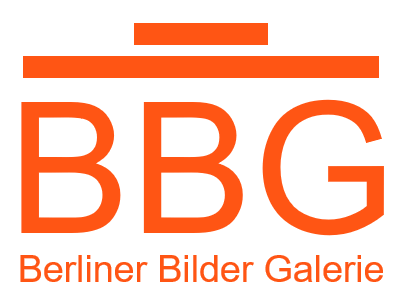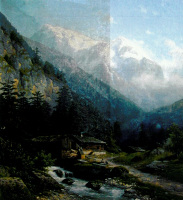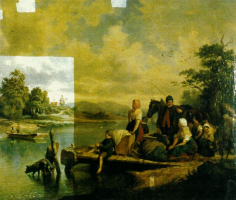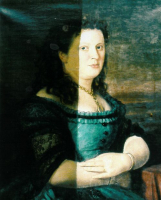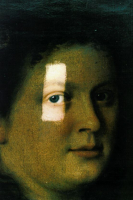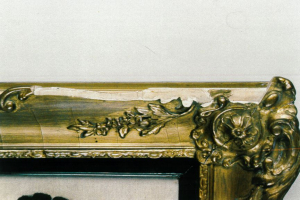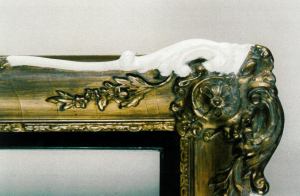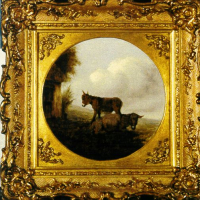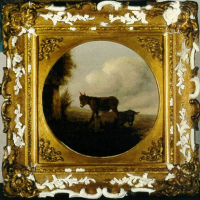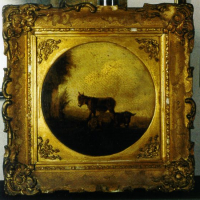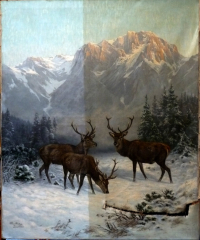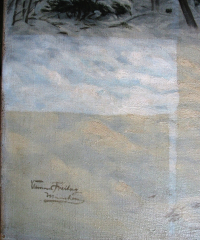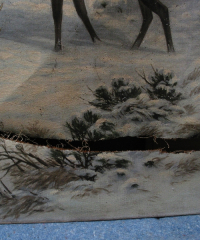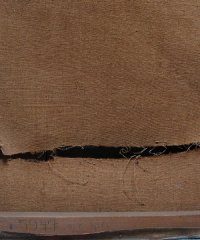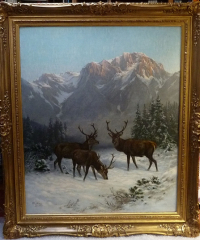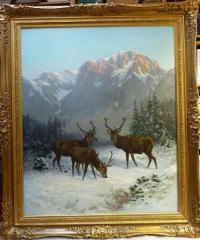Restoration
Picture – Restoration
Rarely is it possible to provide the optimal light and climate conditions for a painting. Yellowness of varnish (cf. Fig. 1a) is only one indicator of external influence. In the lower left corner of our example picture, those indicators were already removed and the strong contrast between the initial and the actual colors is clearly perceptible. The removal of dirt deposition represents an additional measure for restoring the paintings’ original condition. In Fig. 1b & 1c, the differences between the conditions before and afterwards are compared exemplary. Loss of color fastness or scratches in the canvas are only a few more indicators of external influence. In either case you will be advised by us extensively while you can trust in our long-term experience in this field!
Frame – Restoration
Frame-restorations are often as indispensible as the restoration of the painting itself.
Especially for frames which are irreplaceable or very valuable because of their processing, restoration is a meaningful possibility to regain respectively to conserve old values.
The Remodeling of missing ornaments, as shown in Fig. 2a & 3a, as well as the rework of missing or flaking gilding are part of our constant field of activity. Our restorer and gilder come with long-term expertise in this field.
Fig. 2a and 3a clearly show the damaged ornaments. Fig. 2b/3b and 2c/3c illustrate their restoration.
Further Examples:
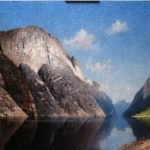
After restoration, fitted with a new layer of varnish. Oil painting “Naeröfjord”, 80 x 120, sig.: E. Kiekebusch (Elisabeth Grüttefien, married Kiekebusch)
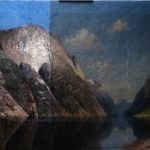
Surface pollution (like nicotine) and old layer of varnish removed. Raw picture on the right side.
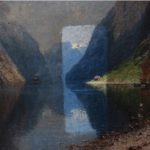
Worked cutout.
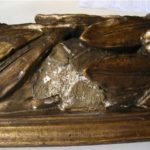
Defect was filled with putty inappropriate.
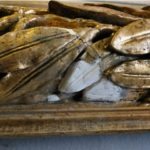
Old putty removed and missing leaves reshaped.
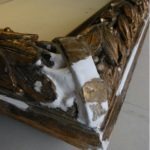
Same edge after refurbishment.
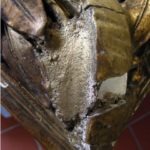
Edge-ornament before refurbishment, with improper filled defect.
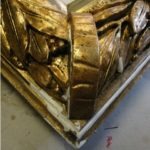
All defects are completed with chalk and afterwards color-coordinated according to the frame.
